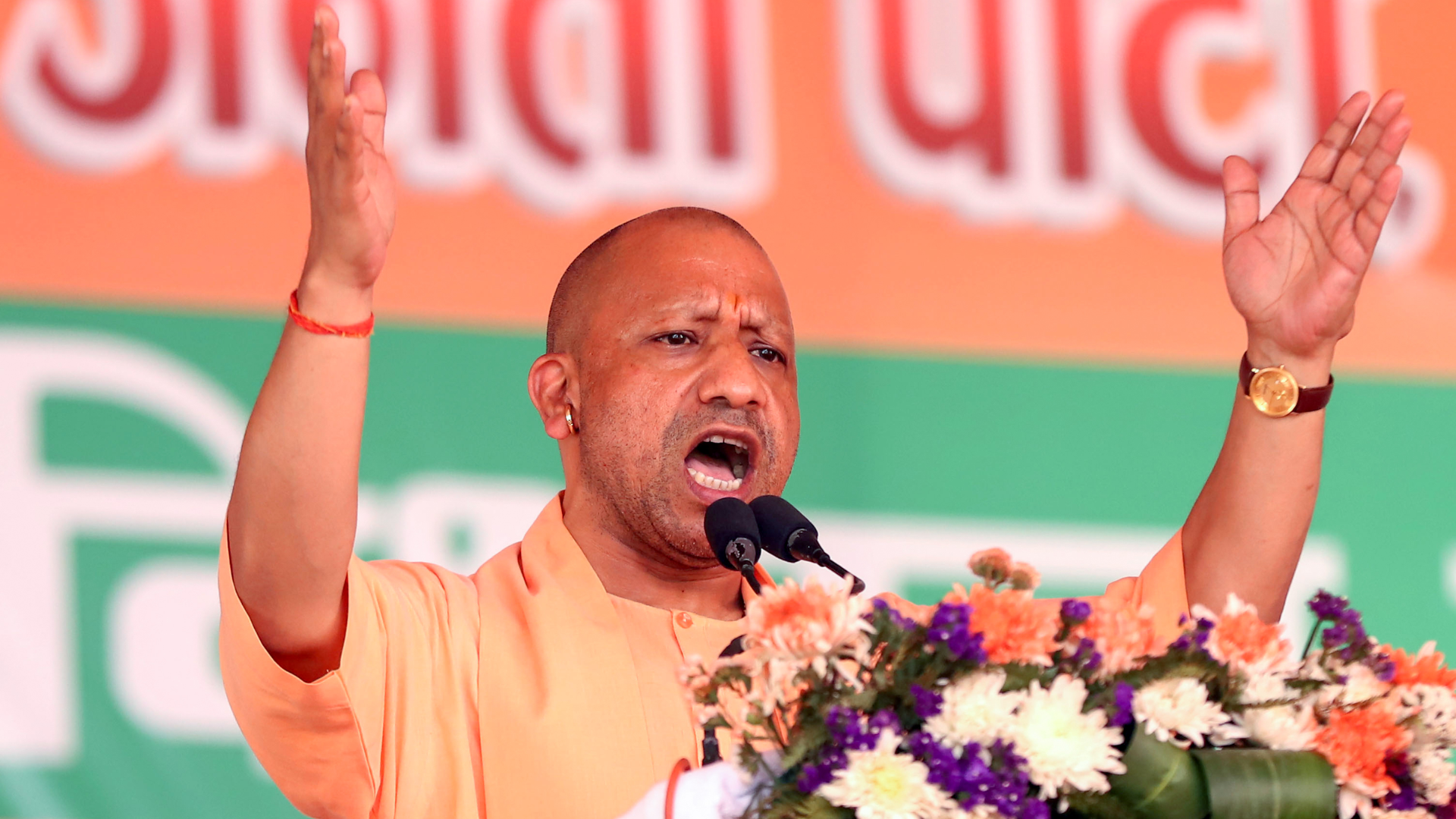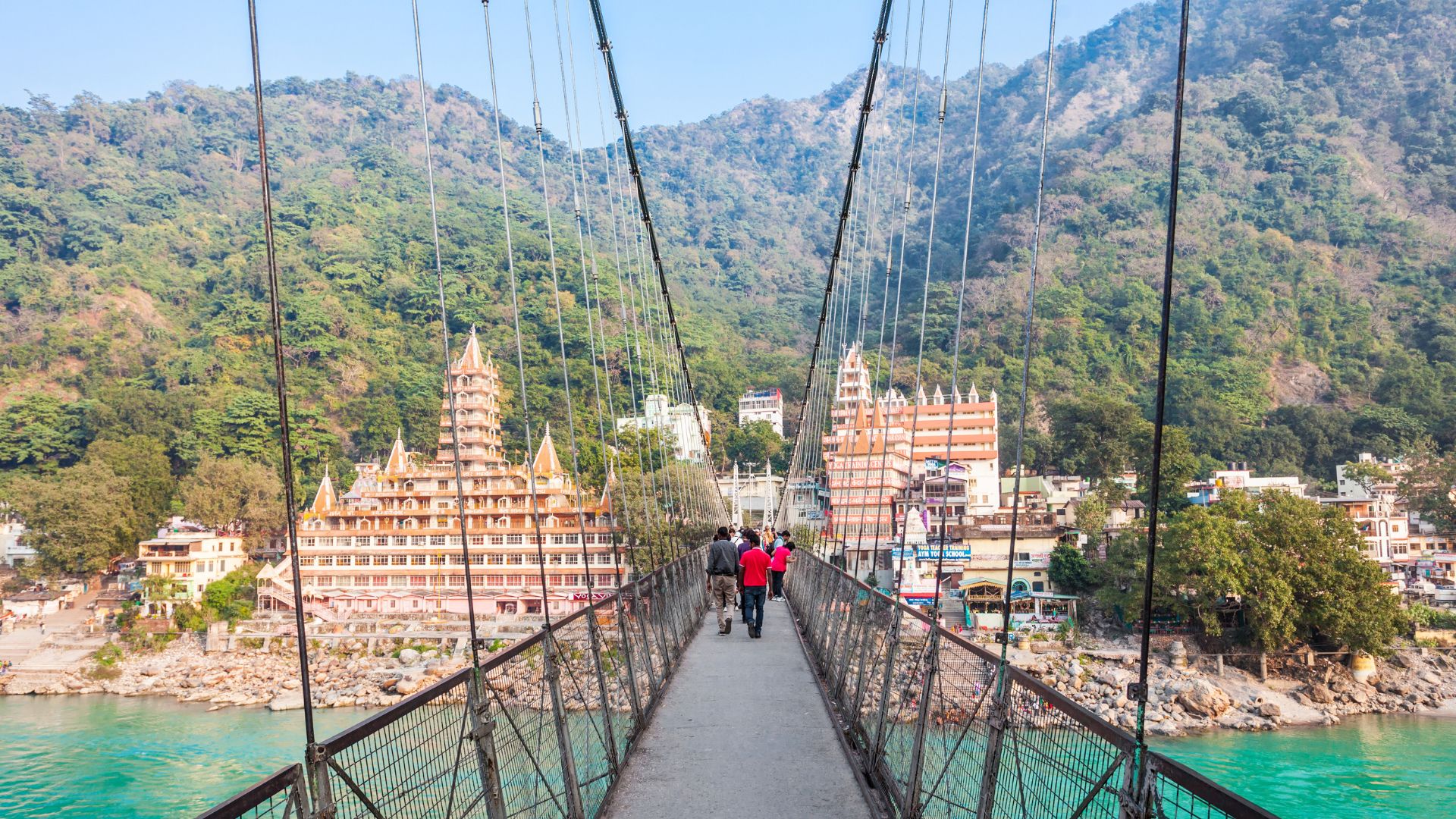










The grand pran pratishtha ceremony of the Ram temple in Ayodhya took place on January 22, with the esteemed presence of Prime Minister Narendra Modi and other dignitaries. The world awaited the grand day and it was one of the most significant events in the history of Hindu heritage. This grand inauguration ceremony was broadcast live across the world with crores of devotees participating virtually. The temple doors will open for devotees from January 24.
Prime Minister Narendra Modi laid the foundation stone for the Ram Mandir on August 5, 2020. After a long wait and struggle of hundreds of years, Ram Lalla was back in Ayodhya. On the occasion of grand inauguration, Ayodhya witnessed massive great footfall from across the world with esteemed dignitaries and devotees.
Over 7,000 dignitaries including cricketers, people from the entertainment world, and businessmen attended the ceremony. Hindu devotees across the globe extended their warm welcome to Ram Lalla.
These are some of the key facts you should know about Ram Temple before the grand inauguration ceremony.
The construction of Ram Temple is inspired by Nagara style of construction. The Nagar Style of architecture was originated during the Gupta Period, when building temples did not frequently employ iron or steel. Iron has a lifespan of about 80–90 years. The temple has a lock and key system that guarantees its longevity of up to a millennium. It is constructed of granite, sandstone, and marble. It measures 380 feet long (east-west), 250 feet wide, and 161 feet high. The temple is three stories high, with each story standing 20 feet tall, according to the information shared Trust on X. There are 44 doorways, 392 pillars and 5 Mandaps named as Nritya Mandap, Rang Mandap, Sabha Mandap, Prarthna, and Kirtan Mandaps.
|
Total area
|
2.7 Acres
|
|
Total built-up area
|
57,400 Sq.feet
|
|
Total length of the temple
|
380 feet
|
|
Total width of the temple
|
250 feet
|
|
Total height of temple (including peak)
|
161 feet
|
|
Total floors
|
3
|
|
Height of each floor
|
20 feet
|
|
No. of columns in ground floor
|
160
|
|
No. of columns in first floor
|
132
|
|
No. of columns in second floor
|
72
|
|
No. of pavilions
|
5
|
|
No. of gates in the temple
|
12
|
In addition to its exceptional construction devoid of iron or steel, the Ram Mandir boasts a comprehensive set of features ensuring its security, longevity, and harmonious integration with its surroundings. The temple is fortified with perkota both inside and outside, offering a robust protective layer. Its architectural design incorporates an innovative approach, allowing for incremental expansion over the next fifty years.
The premises are shielded from seasonal dust and storms through a unique three-level tree plantation, while a specialized security complex is in place to avert any untoward incidents. Further enhancing its aesthetics and connection with celestial influences, the temple grounds feature flower gardens and plantations aligned with astrological constellations.
The Ram Temple premises are equipped with a range of modern facilities and amenities to ensure the comfort and convenience of visitors. A multipurpose Distribution and Operations Room serves as a central hub for various activities. Essential public utilities, including well-maintained toilets, bathrooms, and washrooms, cater to the basic needs of pilgrims. Emergency medical facilities are in place to address health concerns promptly.
Ramps and lifts are provided for the convenience of senior citizens, promoting accessibility. The integration of solar energy panels and power backups enhances sustainability and ensures a continuous power supply. A dedicated Pilgrim Facility Center offers additional services, and a sophisticated Pilgrim/Visitor Management System streamlines the overall experience, reflecting a commitment to modernity and efficiency on the temple premises.









